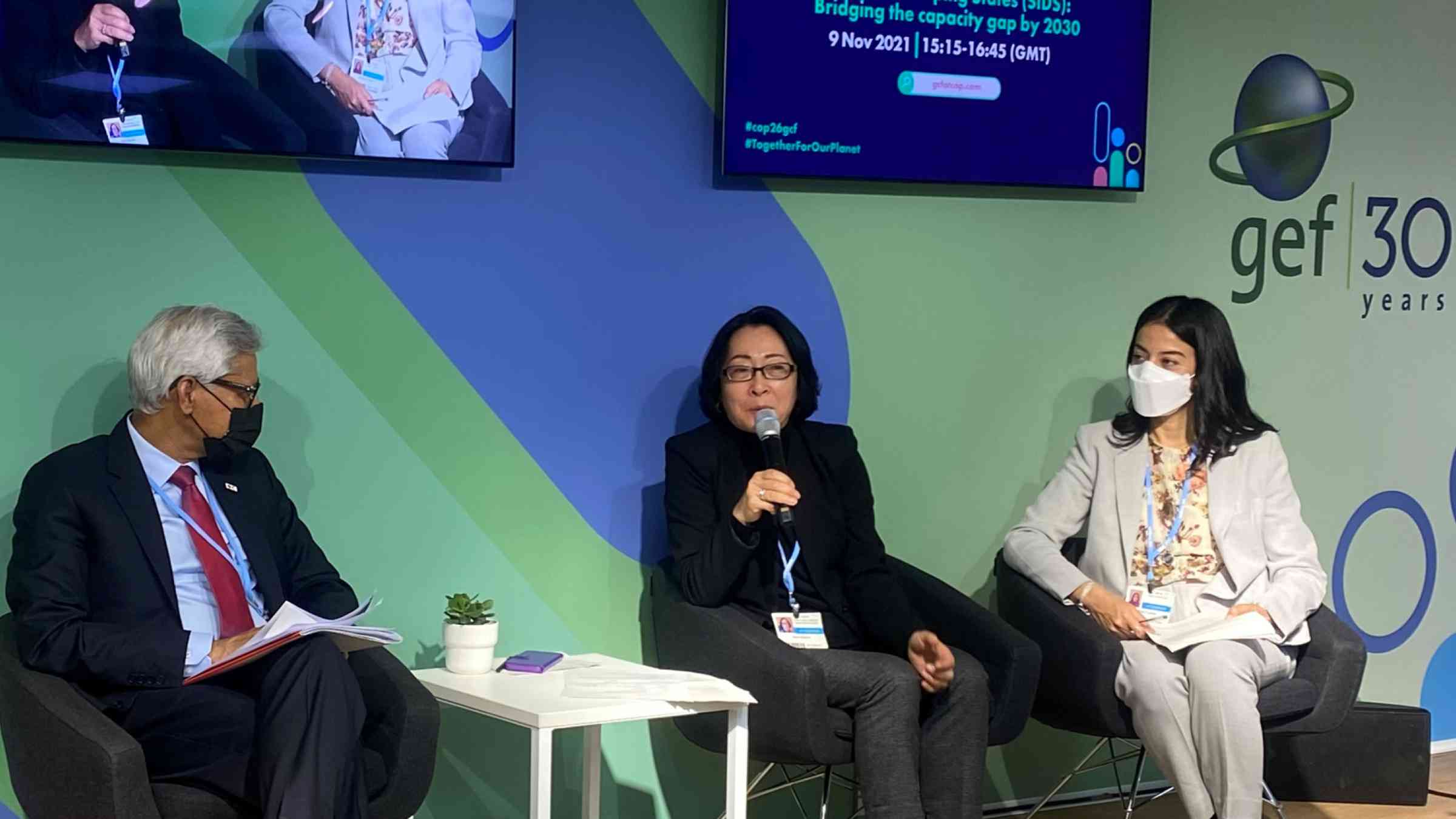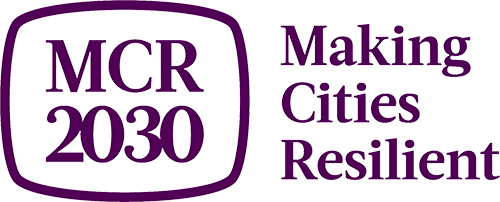Breakthrough for risk and resilience at COP26 says UNDRR head

The COP 26 has established that the climate emergency is a reality and that if we don’t act urgently on it, climate and weather induced disasters will continue to rise and challenge the resilience of our systems.
We are at a crossroads. Climate change is undermining the ability to achieve the 2030 Agenda for Sustainable Development, including the Sendai Framework for Disaster Risk Reduction.
In the run-up to the COP, UNDRR made a call to action for three critical areas:
- Dramatically raising ambition for reducing and managing risks due to climate change, with focus on the 50/50 share between adaptation and mitigation in the pledge of US$100-billion in climate finance. This support to adaptation is especially needed in developing countries that are experiencing escalating disasters from extreme and slow onset events.
- Significant increasing support for averting, minimizing and addressing losses and damages, including through the operationalization of the Santiago Network.
- Accelerating predictable and risk-informed investments and financing.
I am happy to hear that these messages have been resonating here in Glasgow – from the negotiating rooms to the plenary hall and also in the various pavilions in the Blue and Green Zones.
The COP 26 has definitely moved the needle on adaptation and resilience.
The US$350 million commitment to the Adaptation Fund – the highest single mobilization to the Fund – is a clear indication that our collective calls are being heard.
The commitment from global leaders to shift towards locally-led adaptation is crucial for local governments and communities – as they are already feeling the impacts of climate change. Our ongoing work with cities through the Making Cities Resilient Campaign (MCR2030) will be key in this localization agenda because of its unique approach for improving local resilience.
I am also particularly happy with the progress in discussions on the Global Goal on Adaptation, including to enhance our understanding of the goal, from methodologies to indicators and metrics.
Compared with past COP sessions, I feel that the issue of loss and damage has come up more strongly here in Glasgow – and rightly so as we are already seeing the devasting impacts of extreme and slow onset events on people’s lives and livelihoods.
This issue lies at the core of UNDRR. While governments have advanced in scaling-up disaster preparedness, resulting in a perceptible decline in mortality, economic losses continue to rise, forcing people into poverty.
It is now acknowledged that risk-informed strategies and actions need to be anchored on the best available climate and disaster risk analytics. Countries need to ensure that DRR strategies are informed by climate projections, and national adaptation plans are risk-informed. This is the only way we can fully get the picture and develop actions that will help avert, minimize and address risks and losses and damages.
The recent report by OECD on Losses and Damages from Climate Change points to an urgent need to accelerate action to avert climate related disaster risks, through scaled up adaptation and through fast-tracked implementation of the Sendai Framework for Disaster Risk Reduction.
I am very hopeful that scaling up targeted technical assistance to developing countries will be realized, now that discussions in the formal negotiations on the functions and operationalization of the Santiago Network is steadily progressing.
UNDRR continues to promote the Santiago Network as a key mechanism to coordinate technical assistance to countries to avert, minimize and address losses and damages.
Several governments have announced additional climate finance, including for adaptation and disaster risk reduction at this COP. The private sector has scaled up efforts on climate finance – a figure at $100 trillion over the next three decades was also put on the table from 450 financial groups - who are part of the Glasgow Financial Alliance for Net Zero or GFANZ - and have committed to set net-zero pledges, emphasizing the need to raise private money to take the effort far beyond what States alone can do.
Innovative financing mechanisms and instruments have been launched, which when linked with anticipatory actions, enhance the cost-effectiveness of our investments.
At COP 26, we are seeing that risk and resilience have now become an integral part of climate discussions.
There’s a stronger focus on adaptation, and hence on developing and vulnerable countries. More than ever concrete solutions towards enhancing funding and technical assistance to these countries are discussed.
As COP 26 concludes, I am pleased to say that we have made progress on agreeing towards the direction of the collective action. But just going into the right direction is not nearly enough. We need to accelerate our pace, if we are serious about the resilience of the current and future generations.
Mami Mizutori
Special Representative of the Secretary-General for Disaster Risk Reduction

